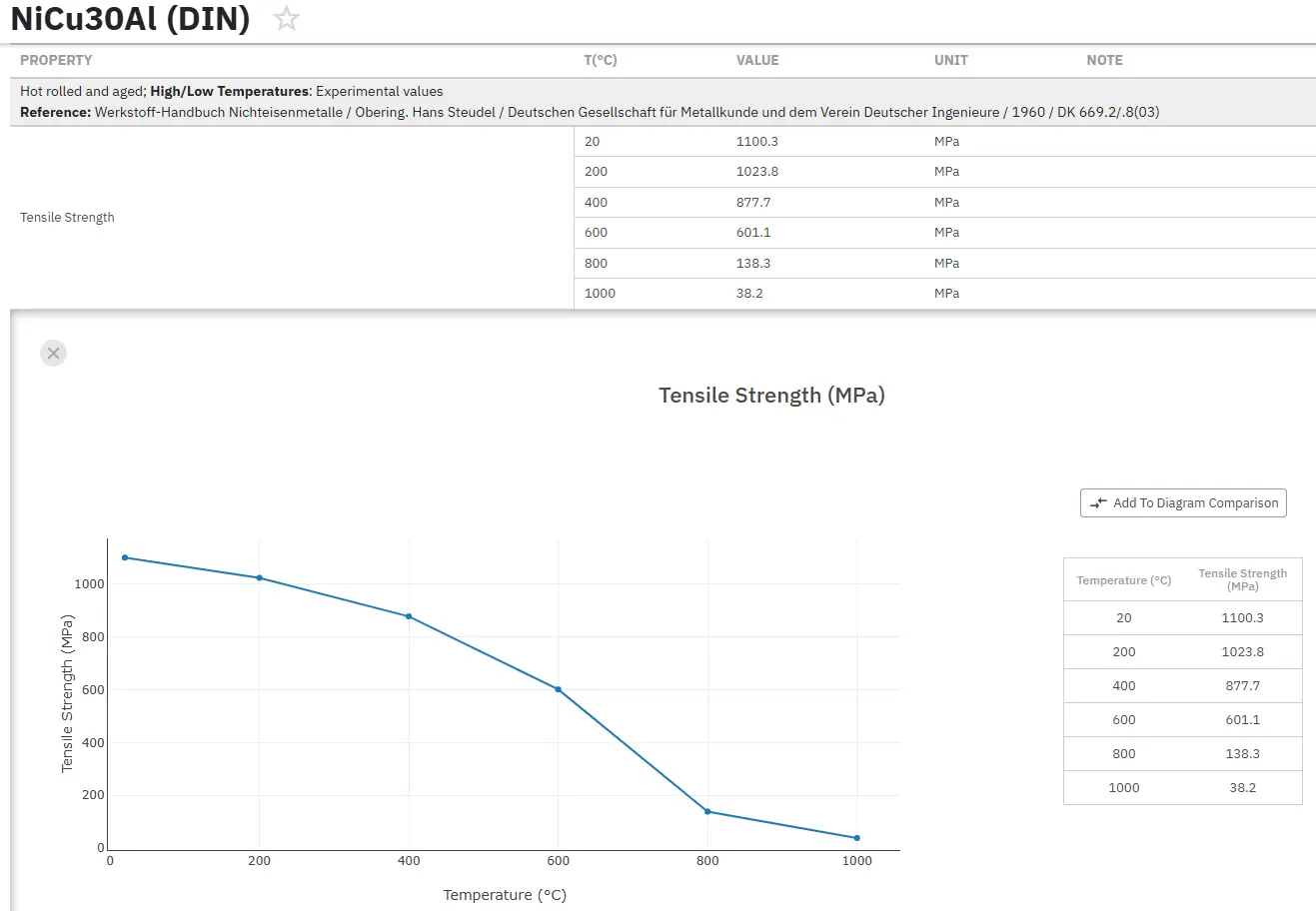Desulphurization of Nickel Base Super Alloys
Abstract
Superalloys have been developed for key applications which typically require a combination of high temperature strength, toughness, and resistance to degradation in corrosive or oxidizing environments.
Since sulphur has a direct impact on the material quality there are many studies that explore the ways to minimize the issue and meet the ever-increasing demands and expectations on material performance.
A superalloy, or high-performance alloy, is an alloy able to withstand extreme temperatures that would destroy conventional metals like steel and aluminum. Nickel based superalloys are selected for use in certain applications due to their characteristics. These alloys have an exceptional combination of high temperature strength, toughness, and resistance to degradation in corrosive or oxidizing environments. Among the important characteristics are creep resistance at high temperatures, good surface stability, and corrosion and oxidation resistance. Because of these characteristics they are widely used in aircraft and power-generation turbines, rocket engines, nuclear power and chemical processing plants and other challenging environments.
Ni base superalloys are multicomponent complex alloys which, in addition to Ni, contain varying amounts of Cr, Mo, W, Nb, Al, Ti, Ta, Re, Hf, Zr, B, and C to obtain the desired strength, oxidation resistance, and corrosion resistance.
The presence of impurities, such as sulfur, phosphorous, oxygen, and nitrogen, in nickel-based alloy can combine with the host metal or other alloying elements to form precipitates that have detrimental effects on mechanical properties of the final product.
In order to meet the increasing demand on the quality and performance of nickel-based alloy, therefore, many efforts have been made to reduce the sulfur content below the critical values during the production of superalloy since 1970s. The mature desulfurization practices during vacuum induction melting (VIM) refining Ni-based alloy are the addition of NiCa and NiMg in a vacuum induction furnace and/or using a CaO crucible. In consideration of the limits of desulfurization in VIM, however, lots of attention has been given to electroslag remelting (ESR) in recent years. To the best of the authors’ knowledge, up to now, effect of CaF2–CaO–Al2O3–MgO–TiO2 slag with different TiO2 content on the desulfurization of Inconel 718 alloy has not been reported. In the current study, therefore, the desulfurization behavior of the nickel-based alloy was investigated at 1773 K.
The effect of sulphur in superalloys:
- Shows a tendency to grain boundary segregation
- Forms a low melting (635°C) Ni3S2 phase at concentrations of 10 ppm and higher
- Decreases stress-rupture life dramatically
- Causes hot shortness
The origin of sulphur:
- Sulphur is a common tramp element in primary raw materials, in particular in chromium, iron and nickel ores
Current desulphurization practice:
- Addition of NiCa and NiMg in vacuum induction melting (VIM) just before casting
- Mg/S ratio >1 supports HT ductility
Disadvantages:
- Significant evaporation of calcium and magnesium in VIM
- low yield of desulphurization agents
- contamination of the furnace chamber
- safety issues
- Ca corrodes refractory lining and slag sticks to crucible wall
- decreases life cycle of the crucible
- Sulphur can be re-dissolved in subsequent melts
- Excess Mg can form MgNi2 Laves phase, degrades creep rupture properties Melt Melt
Experimental studies by Richadson and Fincham and Denier have demonstrated that using lime (CaO) in the desulphurization process with top slag as reagent for the molten steel is achieved to fix the sulfur in the slag; (Equation 1).
In the FeNi case and following the theory, the results were the same, taking into account that molten FeNi behavior is similar than molten steel. Then, we were able to eliminate large amounts of sulfur from crude FeN4 if the metal remains deoxidized, (Equation 2).
Mo.S + (CaO)Slag ↔ Mf + (CaS)Slag ...(1)
(Ma)Desoxidante + Mo.S + (CaO)Slag → Mf + (CaS)Slag + MOxidos ...(2)
Ma: Alloy or deoxidized metal
Mo: Crude metal (FeNi)
Mf: Refined metal
MOxidos: Oxides formed
Slag: Slag
Access Precise Properties of Nickel and Superalloys Now!
Total Materia Horizon contains property information for 20,000+ nickel alloys: composition, mechanical and physical properties on various temperatures, corrosion resistance, nonlinear properties and much more.

Get a FREE test account at Total Materia Horizon and join a community of over 500,000 users from more than 120 countries.